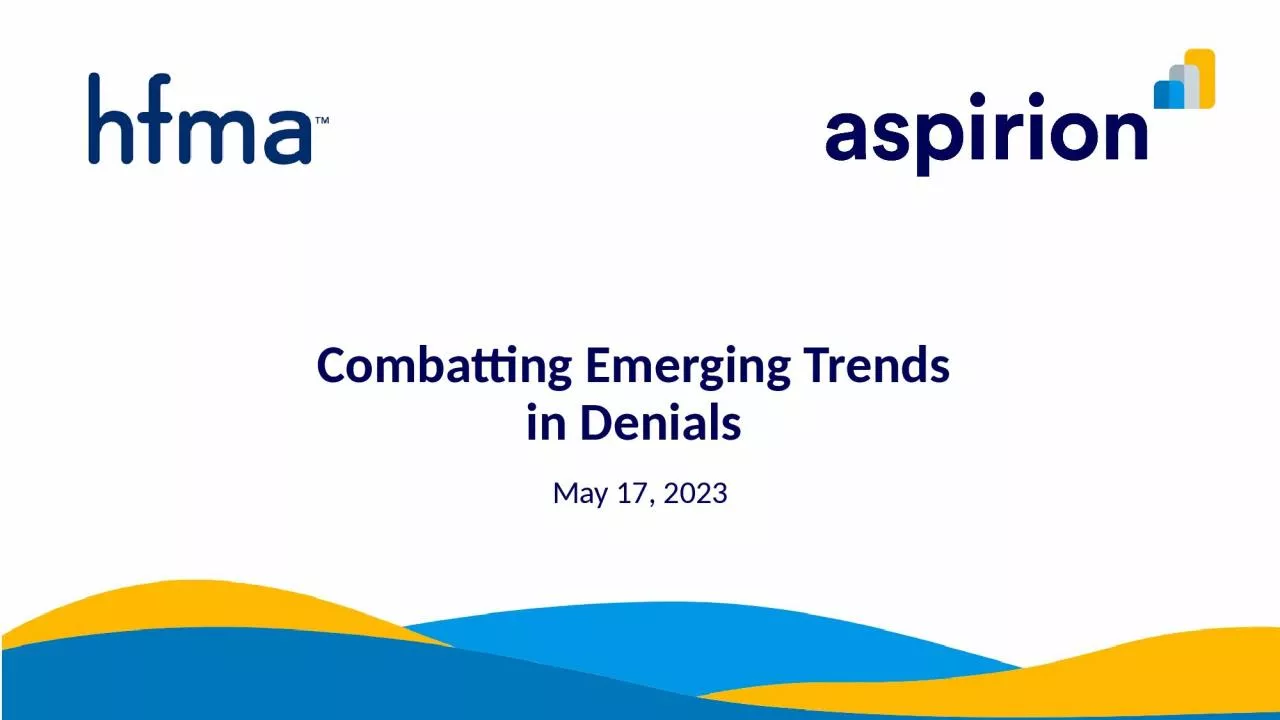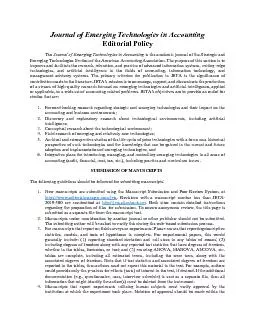PPT-Combatting Emerging Trends
Author : hailey | Published Date : 2023-11-19
in Denials May 17 2023 Agenda 1 2 3 4 Denials Increasing Across the Country Issue Identification Rules and Rationales Analysis and Application 5 Conclusion Todays
Presentation Embed Code
Download Presentation
Download Presentation The PPT/PDF document "Combatting Emerging Trends" is the property of its rightful owner. Permission is granted to download and print the materials on this website for personal, non-commercial use only, and to display it on your personal computer provided you do not modify the materials and that you retain all copyright notices contained in the materials. By downloading content from our website, you accept the terms of this agreement.
Combatting Emerging Trends: Transcript
Download Rules Of Document
"Combatting Emerging Trends"The content belongs to its owner. You may download and print it for personal use, without modification, and keep all copyright notices. By downloading, you agree to these terms.
Related Documents














